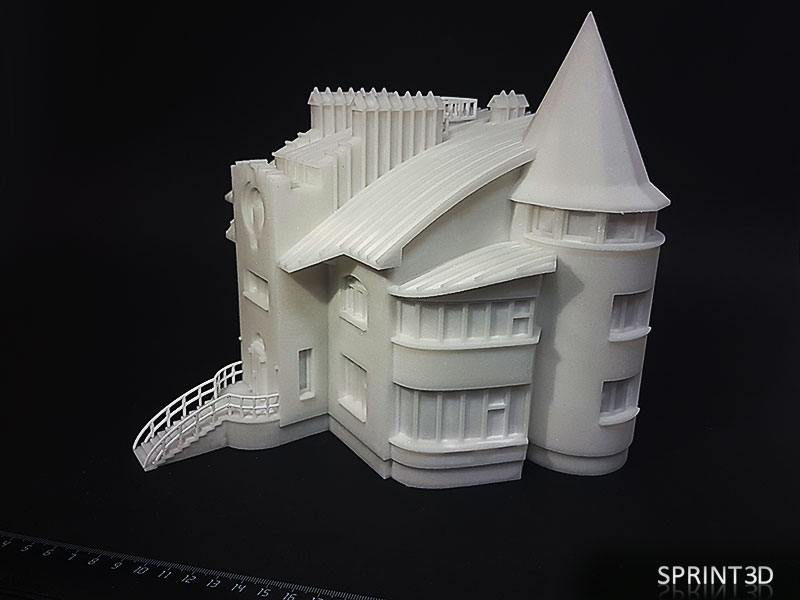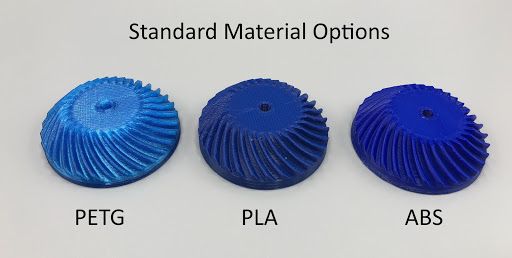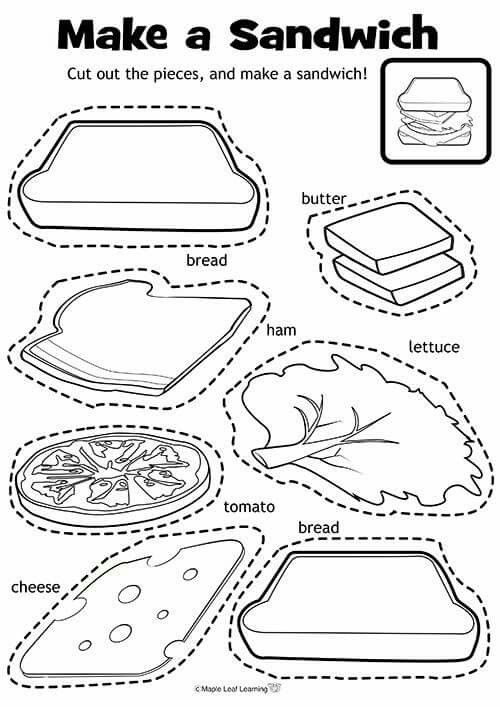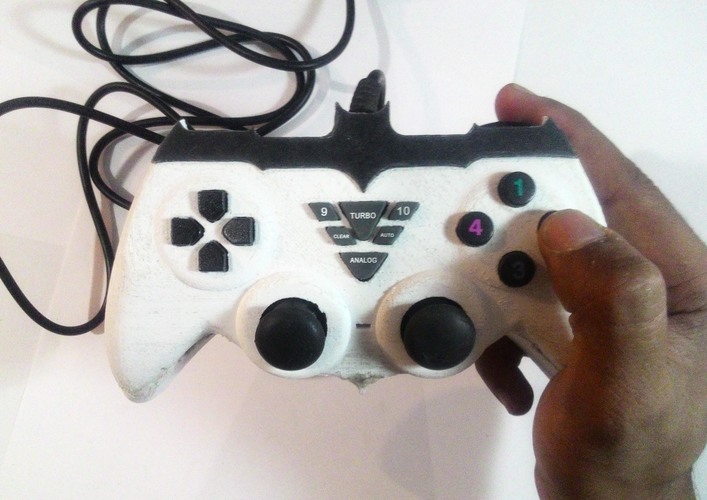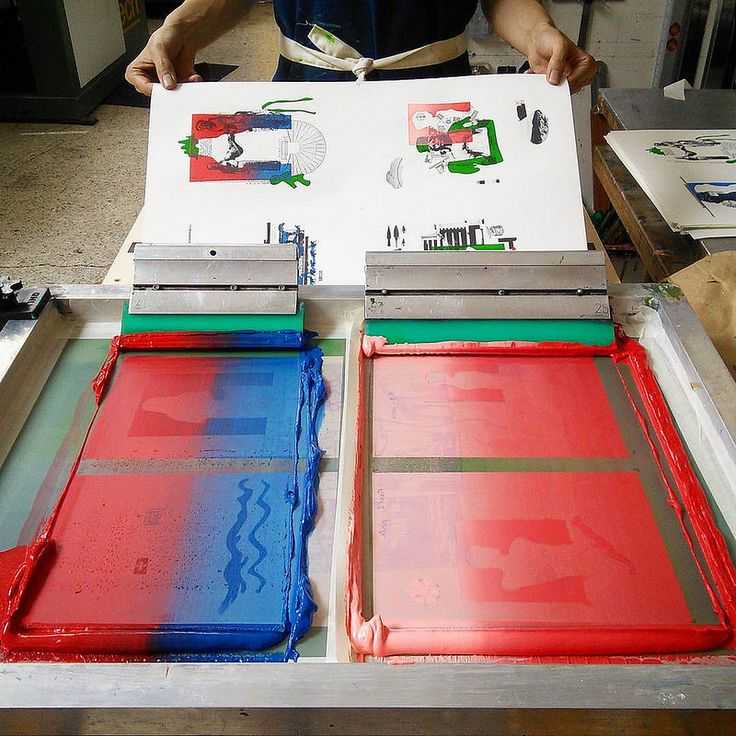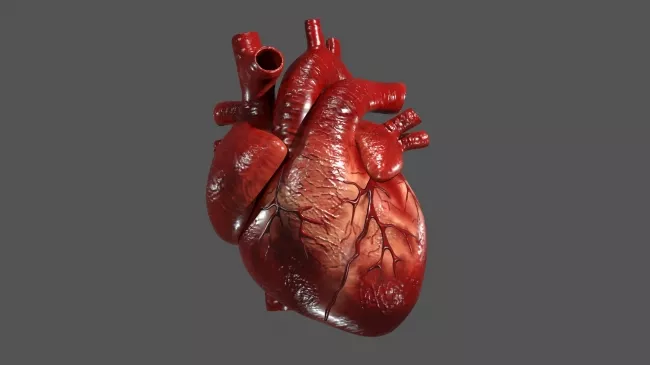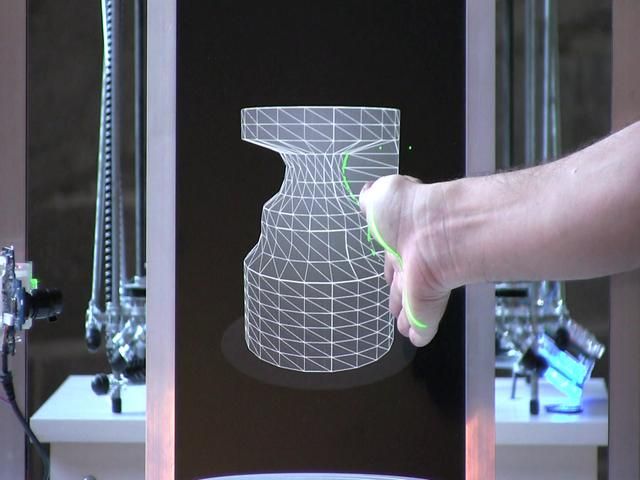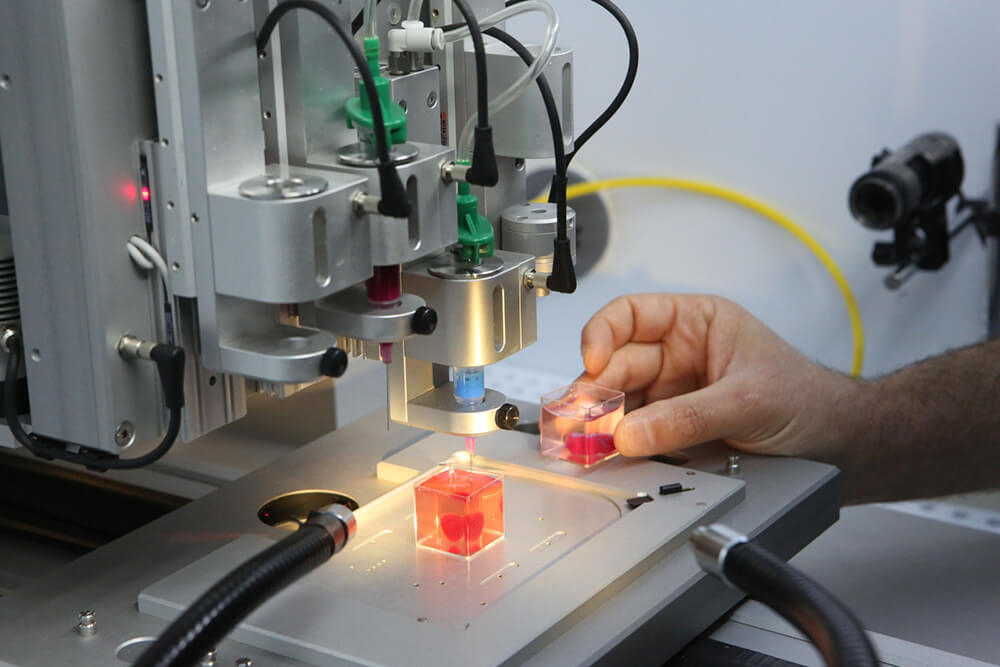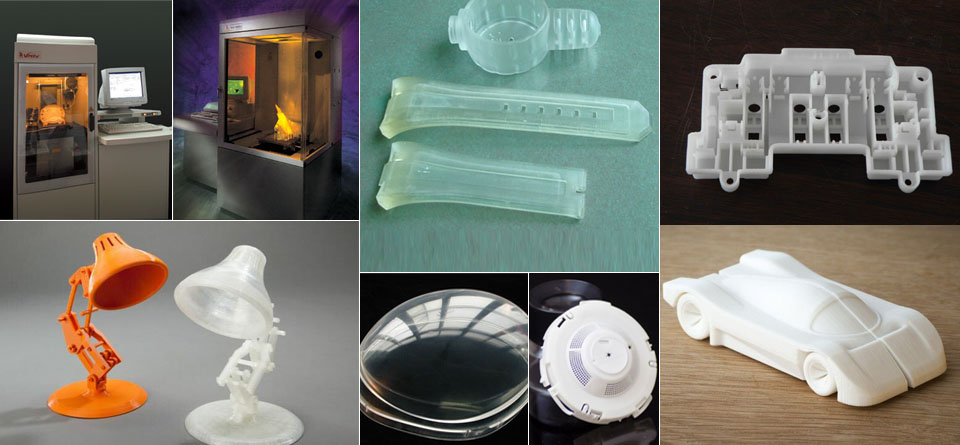3D airport scanners
The benefits of adopting 3D technology for checkpoint security screening
Trends
We know passengers want the better checkpoint experience that 3D security screening can provide, but the perceived disturbance to existing operations might hold back some airports from adopting this new technology sooner. Where it is adopted, however, the benefits of this new generation of screening equipment are quickly recognised.
At the recent Australian Airports Association Conference 2019, our representative, Yotam Margalit, Principal of Yotam Margalit Consulting (YMC) shared his thoughts on why 3D imaging is the way to go and how best we can transition to this technology.
Threats increasingly designed to avoid detection
Tracing the progression of improvised explosive devices (IEDs), it’s clear that malicious individuals are evolving their techniques to avoid detection in existing X-ray scanners. As their methods become more sophisticated, these threats become harder to detect with typical 2D technologies and so, our approaches must evolve too.
Sophisticated threats require smaller amounts of explosives and fewer detonators. The fewer the detonators, the higher chance there is of cleverly disguised items clearing security checks. Heavy bomb components can also be concealed under objects of similar shapes in hope that the operator inspecting the scanned image wouldn’t be able to detect the threat that’s ‘lurking behind’.
Computed tomography (CT) 3D imaging for greater threat detection
Conventional X-ray scanners produce still 2D images that do not provide a layered view of a bag’s contents and they might not be smart enough to detect sophisticated threats. When the image is limited, automatic threat detection capability is reduced. Computed Tomography (CT) is the latest technology to be introduced to the world of baggage screening that helps overcome this problem.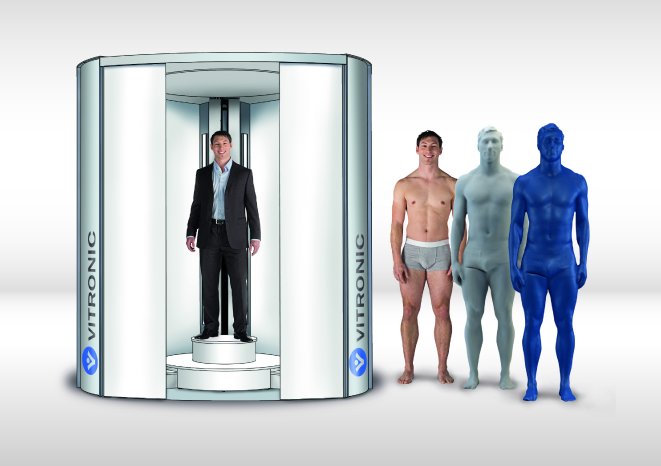 Commonly used in the medical field, this technology is now being used to provide high-resolution 3D images that enable operators to make a more accurate assessment of a bag’s contents.
Commonly used in the medical field, this technology is now being used to provide high-resolution 3D images that enable operators to make a more accurate assessment of a bag’s contents.
Operators typically have an average of 12 seconds to make an assessment of whether to clear a bag through security or not. To allow operators to work better and to create a more efficient screening process, checkpoint screening systems must provide high resolution images, a higher probability of automatic threat detection, and low false alarm rate.
Digitally unpacking bags
There are several tools and functions already available in conventional X-ray scanners to help an operator make assessments i.e. organic/inorganic material discrimination, second view tool, and sharpness adjustment tool etc, these static images are often limited. However, where it’s hard to distinguish the contents of a bag, CT-generated 3D volumetric images provide operators with the required clarity to make more informed decisions.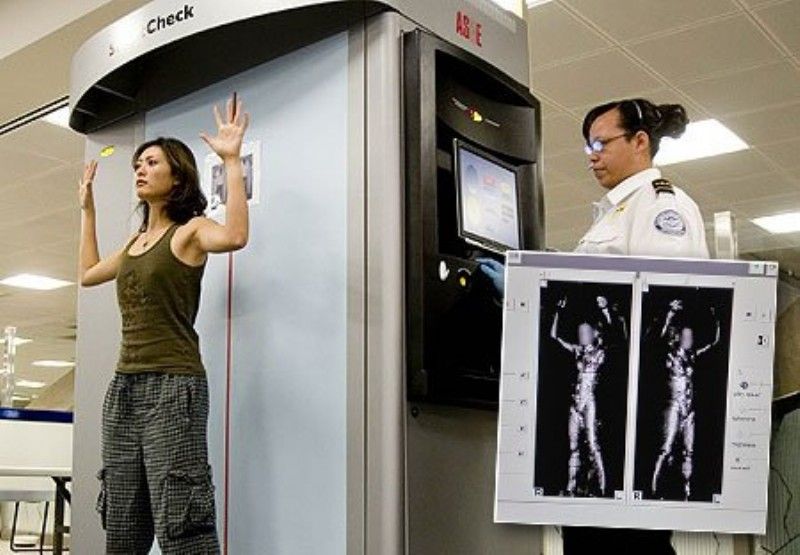
With CT, an operator can zoom in/out and rotate scanned 3D images to inspect a bag’s contents—which we often describe as ‘digitally unpacking the bag’. And if physical inspection is required, items of concern are marked up on these 3D images which allows operators to swiftly examine the exact areas where these threats are located at.
With the ability to make more informed on-screen-inspection and resolution, the number of rechecks and physical inspection will be significantly cut back, resulting in a more effective flow of passengers through security and a lower cost of security operation. The new technology also reduces the burden on operators, making their work more efficient will ultimately result in better security outcome, improved passenger experience and operational efficiency and reduced operational costs.
What’s next: getting the most out of 3D screening technology
The data mining of 2D images has been going on for more than 40 years. To counter new sophisticated threats, we must begin data mining 3D images. This will enable us to build on an existing data bank and to expand the image library to enhance automatic threat detection capabilities.
This will enable us to build on an existing data bank and to expand the image library to enhance automatic threat detection capabilities.
While 3D image data mining is still in its infancy stage, there is untapped potential in harnessing this data to train and develop advanced image recognition algorithms for more sophisticated machine learning. Such image recognition algorithms can be customised to suit the security needs of each airport, whether it’s to enhance operational capacity or to detect specific threats.
Not just plug-and-play, but plug-train-and-play
To fully reap the benefits CT technology brings, airports must prepare operators for the switch from 2D to 3D imaging by providing them with appropriate training. There must be robust and effective training for security operators to smoothly transition from 2D to 3D screening. When operators are trained on how to properly inspect 3D images, travelers can expect a quicker security screening process. One key benefit of CT technology is that it eliminates the need to remove electronics, liquids and gels from bags. This alone has a positive impact on the throughput and speed. Checkpoints may also expect a decrease in physical inspection and rechecks, as 3D images provide an unobstructed all-dimensional view of a bag’s contents.
This alone has a positive impact on the throughput and speed. Checkpoints may also expect a decrease in physical inspection and rechecks, as 3D images provide an unobstructed all-dimensional view of a bag’s contents.
Help your checkpoint operators be ready for 3D. The ECAC CB C3 approved HI-SCAN 6040 CTiX offers 2D and 3D views, offering operators the freedom to toggle between both modes as and when necessary.
Onward with CT Technology
The benefits of 3D screening are vast, and its potential is just being tapped. Many jurisdictions are already requiring airports to adopt CT technology, but where they are not, airports should be considering the benefits CT can provide for better outcomes for their operations. To find out more about CT and what it can do for your airport, check out this guide on Computed Tomography (CT) at the passenger checkpoint.
TSA's New 3-D Scanners Will Let You Keep Items in Your Carry-on Luggage
Photograph: ShutterstockAirport screening may be faster and less hectic soon
Advertising
Ever since 9/11, airport security lines have involved a hectic jockeying of which items can stay in your carry-on luggage, and which need to be pulled out – your Ziplock bag of liquids, your phone, your laptop, your Kindle – all while taking off shoes and cursing when you remember you didn’t dump the contents of your water bottle.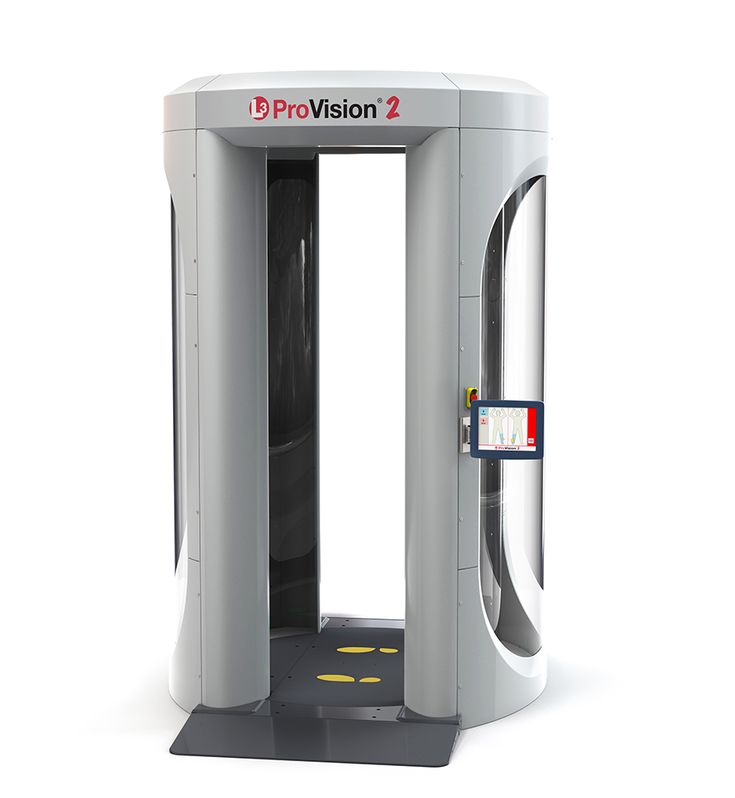
Well, help is on the way. The Transportation Security Administration will be installing updated scanners that let you keep more items in your bag, making the screening process faster, reported Travel + Leisure.
Looking like a globular cat scan machine – and in fact, the technology uses CT scanning – the device creates a 3D x-ray image of your bag’s contents and can rotate it across three axes to scrutinize what forbidden items you might be carrying. Sophisticated algorithms help detect explosives and other threatening material, and if a bag requires a closer look, a TSA officer can still inspect it. It's a big improvement from the 2D imaging that TSA currently uses.
TSA will order 469 of these base systems with one scanner, and 469 of the full-size CT systems which will include parallel screening lanes that will be fully automated with automatic bin return.
TSA is spending $781.2 million to procure and maintain these systems, and you may see these in place as early as this summer.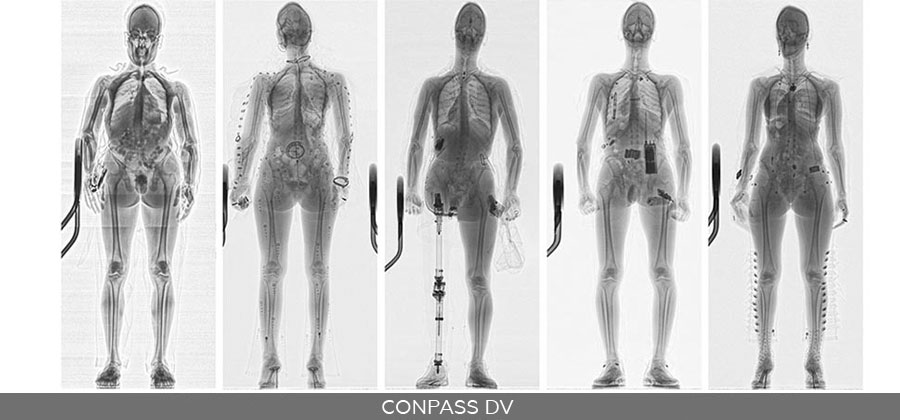 This follows last year’s $198 million spent on mid-size CT x-ray systems that are already being installed across the country at various TSA checkpoints.
This follows last year’s $198 million spent on mid-size CT x-ray systems that are already being installed across the country at various TSA checkpoints.
“Like existing CT technology used for checked baggage, the machines create such a clear picture of a bag’s contents that computers can automatically detect explosives, including liquids,” reports the TSA’s website page on Computed Tomography. So, laptops and liquids will soon be able to stay where you stowed them.
Share the story
An email you’ll actually love
Get into a relationship with our newsletter. Discover the best of the city, first.
By entering your email address you agree to our Terms of Use and Privacy Policy and consent to receive emails from Time Out about news, events, offers and partner promotions.
🙌 Awesome, you're subscribed!
Thanks for subscribing! Look out for your first newsletter in your inbox soon!
More on travel restrictions
[title]
Latest news
[title]
Advertising
Get us in your inbox
Sign up to our newsletter for the latest and greatest from your city and beyond
By entering your email address you agree to our Terms of Use and Privacy Policy and consent to receive emails from Time Out about news, events, offers and partner promotions.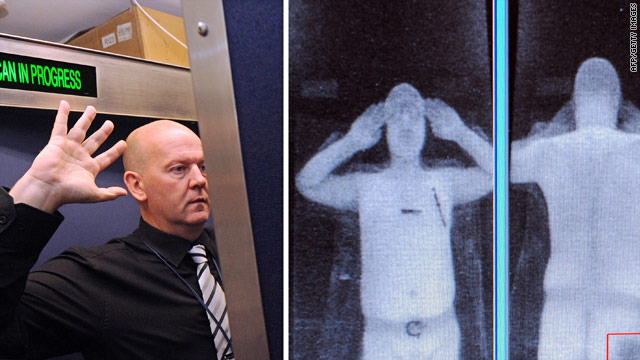
🙌 Awesome, you're subscribed!
Thanks for subscribing! Look out for your first newsletter in your inbox soon!
The best things in life are free.
Get our free newsletter – it’s great.
Sign up for our newsletter to enjoy the best stuff out there – it doesn’t cost a thing.
By entering your email address you agree to our Terms of Use and Privacy Policy and consent to receive emails from Time Out about news, events, offers and partner promotions.
🙌 Awesome, you're subscribed!
Thanks for subscribing! Look out for your first newsletter in your inbox soon!
UK airports to lift liquid carry-on restrictions from 2024 - 3D scanners to help
Image copyright Getty Images
New 3D scanners are being installed at UK airports to provide more detailed images of baggage. The government decided to equip airports with them until June 2024.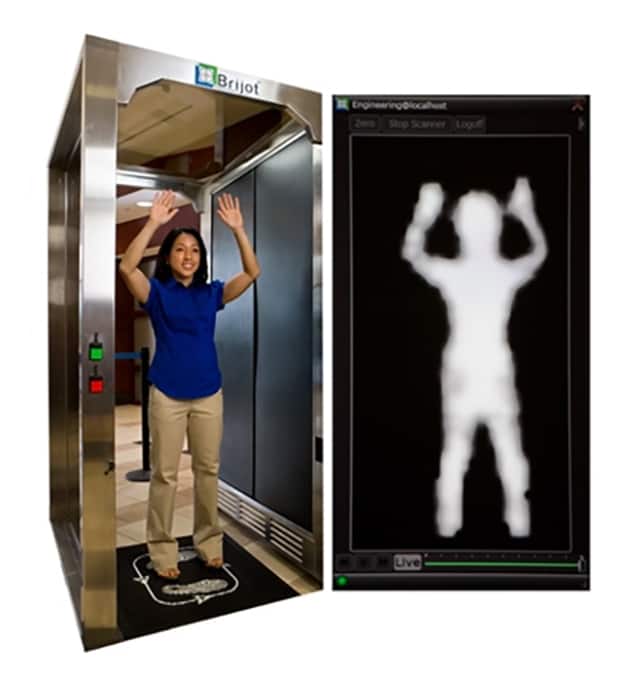 This means that passengers departing from the UK will not need to comply with the 100 ml rule for liquids and remove electronic devices during security screening. nine0012
This means that passengers departing from the UK will not need to comply with the 100 ml rule for liquids and remove electronic devices during security screening. nine0012
The previous installation date for this equipment was canceled due to the pandemic.
Passengers are currently allowed to take liquids up to 100 ml in hand luggage - at airport screening, the containers must be packed in a small transparent plastic bag and placed separately from the rest of the luggage on the scanner belt. The maximum volume of liquid in this case should not exceed 1 liter per person.
This rule was established in 2006 after British police uncovered a plot to blow up up to 10 planes with explosives hidden in drink bottles. Since then, restrictions on the transport of liquids have been in place around the world. nine0005
The new scanners are similar to CT scanners in hospitals and provide a clearer 3D view of luggage contents. Similar scanners began to be tested at London Heathrow Airport in 2017.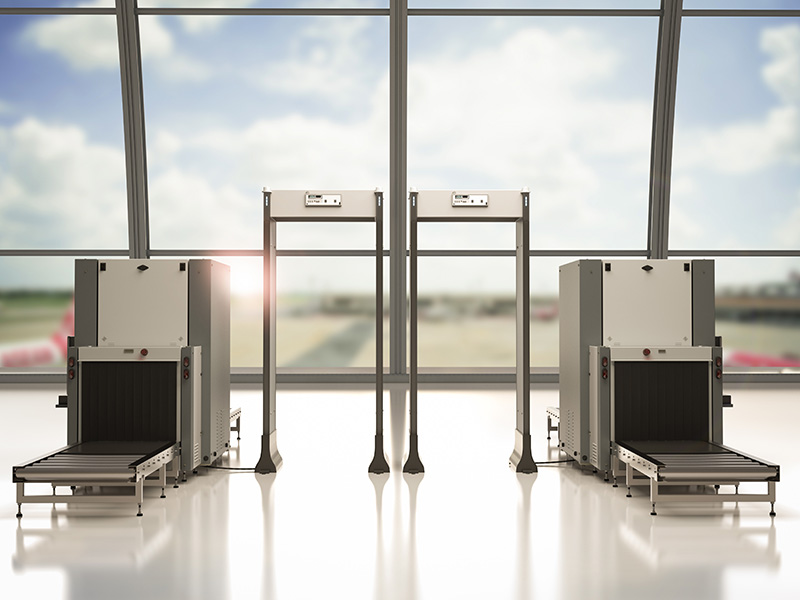
- 3D scanners will be installed at Heathrow to examine your luggage in detail
"We are gradually implementing them. We have just begun expanding the security area in the third terminal, where there will be more scanners, and the Ministry of Transport has set a deadline of mid-2024 Heathrow chief executive John Holland-Kay told The Times. nine0005
Image copyright, Getty Images
Image caption,Liquid baggage restrictions have been in place since 2006 following an attempted suicide bombing on several planes
Authorities hope new technology already in use at some US airports , will drastically reduce the queues for screening at UK airports.
Skip the Podcast and continue reading.
Podcast
What was that?
We quickly, simply and clearly explain what happened, why it's important and what's next. nine0005
nine0005
episodes
The End of the Story Podcast
In addition to liquids, passengers must also remove tablets, laptops, large cameras and camcorders from their suitcases - all this greatly affects the time it takes to pass through security. If passengers forget to put something out of their bags, they have to be screened manually, which also exacerbates the problem.
After installing the new scanners, the amount of liquid allowed per person will be increased to 2 liters, and passengers will no longer need to take electronic devices out of their bags during security checks. nine0005
Transportation Secretary Mark Harper said the new technology will reduce screening queue times, improve passenger convenience and, most importantly, detect potential threats.
UK Airport Operators Association Director of Regulations Christopher Snelling called the investment in the new scanners "a big step forward for air travel in the UK, taking it to the top of its class worldwide.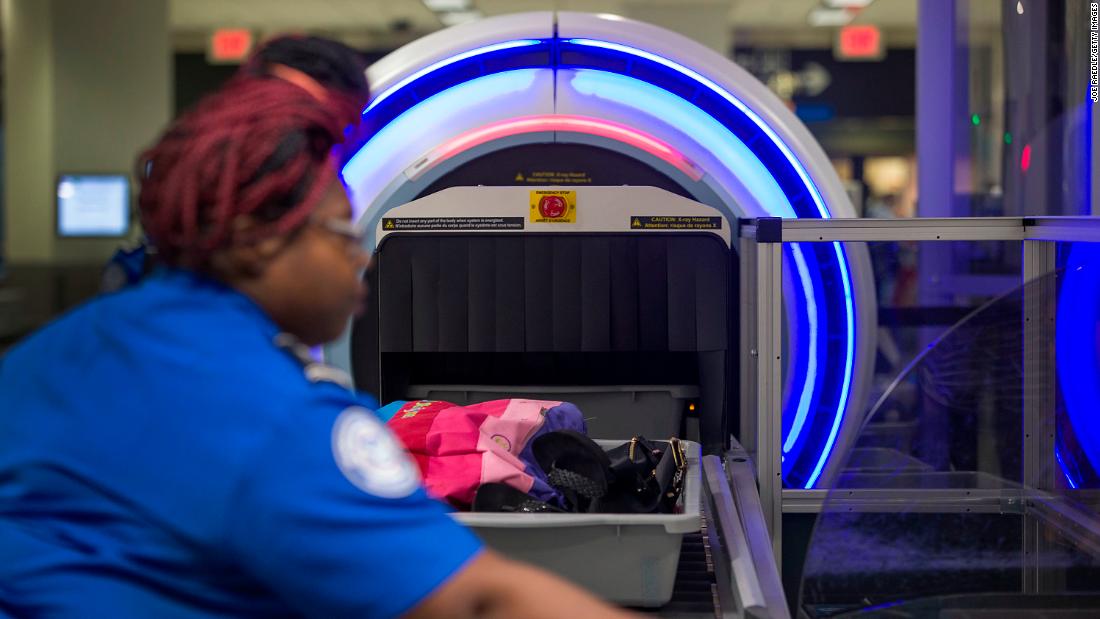 "
"
"This will make traveling through UK airports easier and air travel itself more enjoyable," he said. nine0005
Photo copyright, Smiths Group
Photo caption,Heathrow Airport uses Smiths 3D scanners
3D scanner technology has been used for several years at US airports such as Hartsfield-Jackson in Atlanta and O'Hare in Chicago. This year, it was introduced at Shannon Airport in Ireland, where the 100 ml rule was abolished. Airport officials said the move cut the time passengers spent going through security checks in half.
- Screening at the airport: will it be canceled soon?
- Aviation security expert: it's easier to ban everything
- Scandal in Qatar: passengers stripped and examined. Australia Demands Clarification
"As new scanners proliferate, some belts will require passengers not to take things out of their bags, while other belts will require it," an aviation industry source told the Times.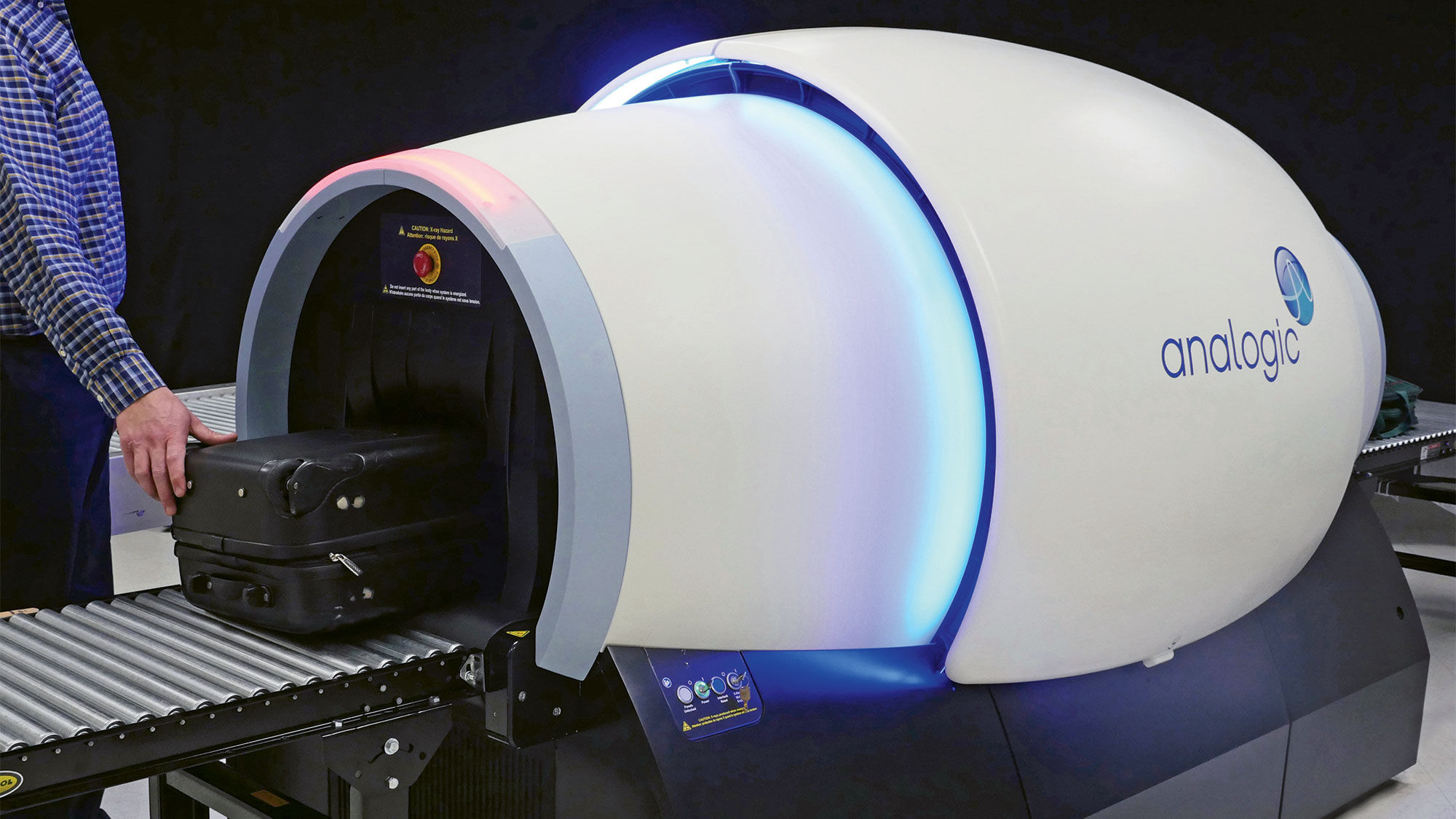 "The 100 ml rule will remain in place." until the implementation of the new technology is completed, and this decision will be taken by the Ministry of Transport." nine0005
"The 100 ml rule will remain in place." until the implementation of the new technology is completed, and this decision will be taken by the Ministry of Transport." nine0005
Before the pandemic, former British Prime Minister Boris Johnson set a deadline for airports to switch to the new technology until the end of 2022, but then the number of passengers dropped sharply, and plans were decided to be postponed.
The latest data from the International Air Transport Association (IATA) for September shows that worldwide passenger traffic has reached 73% of the level it was before the coronavirus pandemic.
in Russia have developed a technology to simplify the control over the transport of explosives - Teller Report Teller Report
Short link
Roman Shimaev, Polina Poletaeva
A Russian company has created a device that can determine the contents of any substances inside closed packages. According to the developers, after its introduction in Russia, they can lift the ban on carrying liquids in hand luggage on airplanes, but only after the appearance of the device at all transport facilities. Currently, a number of airports around the world are already using 3D scanners to recognize explosives in luggage. nine0005
According to the developers, after its introduction in Russia, they can lift the ban on carrying liquids in hand luggage on airplanes, but only after the appearance of the device at all transport facilities. Currently, a number of airports around the world are already using 3D scanners to recognize explosives in luggage. nine0005
A security scanner has been developed in Russia, thanks to which passengers may be able to carry liquids in hand luggage on airplanes. This was announced to RIA Novosti by the president of the non-profit partnership Russoft, the head of the SafeNet working group of the National Technology Initiative (NTI) Valentin Makarov.
The Ratek company is engaged in a project to create a system that, based on neutron technology, detects the minimum amount of any substance in a closed package. For residents of the country, this means the abandonment of the ban on the transport of liquids and other substances on planes, trains and other crowded places.
This technology will greatly simplify the control over the transport of explosives,” Makarov said. nine0005
He added that the lifting of the ban on the transport of liquids is possible only after the old safety equipment is replaced at all transport facilities.
“To do this, we need to replace existing solutions with new ones, which means we need to find financial resources that would allow airports, ports and railway stations to do this. This, rather, is no longer connected with technological problems, but with the budget and the desire to solve them, ”added the head of the NTI SafeNet working group. nine0005
According to him, the project has already received approval from regulators, the novelty is already working at Vnukovo Airport, and a solution is being developed for use at St. Petersburg metro stations.
Related
“The future belongs to hybrid engines”: how a new power plant can change the face of civil aviation in the Russian Federation
In the fall of 2020, flight tests of a hybrid aircraft engine will begin in Russia. This was reported to RT by the head of the department ...
“Already now the system is being used abroad, in Chile, to detect the amount of copper in the ore that goes through the conveyor. We can already now on a truck that passes under a special frame to understand how much cadmium, nickel, iron and other substances are in its body, ”Makarov stated.
Please note that in the summer of 2018, a high-speed 3D scanner with volumetric computed tomography was installed at Domodedovo Airport, which is able to automatically detect explosives in passengers' luggage. nine0005
Similar systems are also used in other countries of the world - Great Britain, USA, Australia, Turkey, Singapore. So, in June it became known that the administration of London Heathrow Airport will spend £50 million to purchase equipment for 3D scanning of luggage. As Prime Minister of the United Kingdom Boris Johnson noted, the corresponding systems should be installed at all major airports in the country by the end of 2022./cdn.vox-cdn.com/uploads/chorus_asset/file/11731097/CT_1.jpg)
Oleg Smirnov, Chairman of the Civil Aviation Commission of the Public Council of Rostransnadzor, Honored Pilot of the USSR, expressed hope for the successful implementation of the new scanner project, which will help change the existing aviation security procedures regarding the ban on carrying liquids in baggage. nine0005
“There are currently no instruments capable of distinguishing pure water from liquid explosives. And this, of course, brings inconvenience to passengers. Everyone who flies is inconvenienced by not being able to take drinking water with them on the flight, ”explained the interlocutor of RT.
In his opinion, the development will make the stay of both passengers and crew members more comfortable during air travel.
“If this equipment is put into practice, it will allow passengers to breathe freely and carry a bottle of drinking water with them. By the way, doctors recommend drinking more fluids not only for pilots, but also for passengers.




